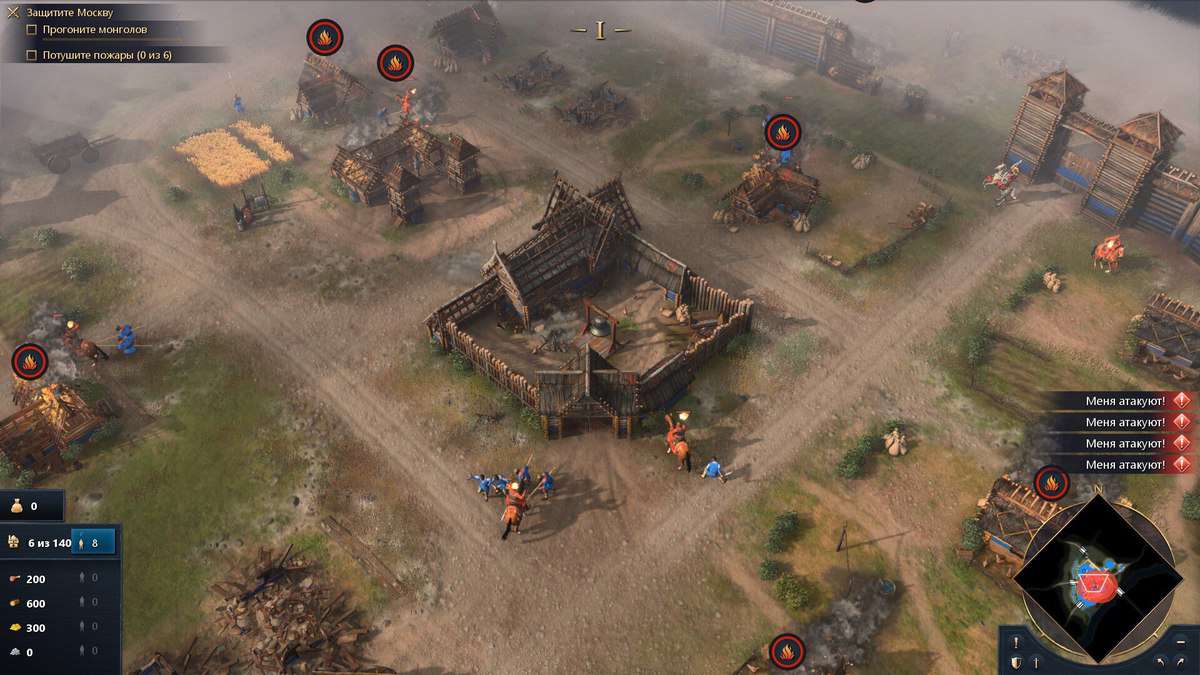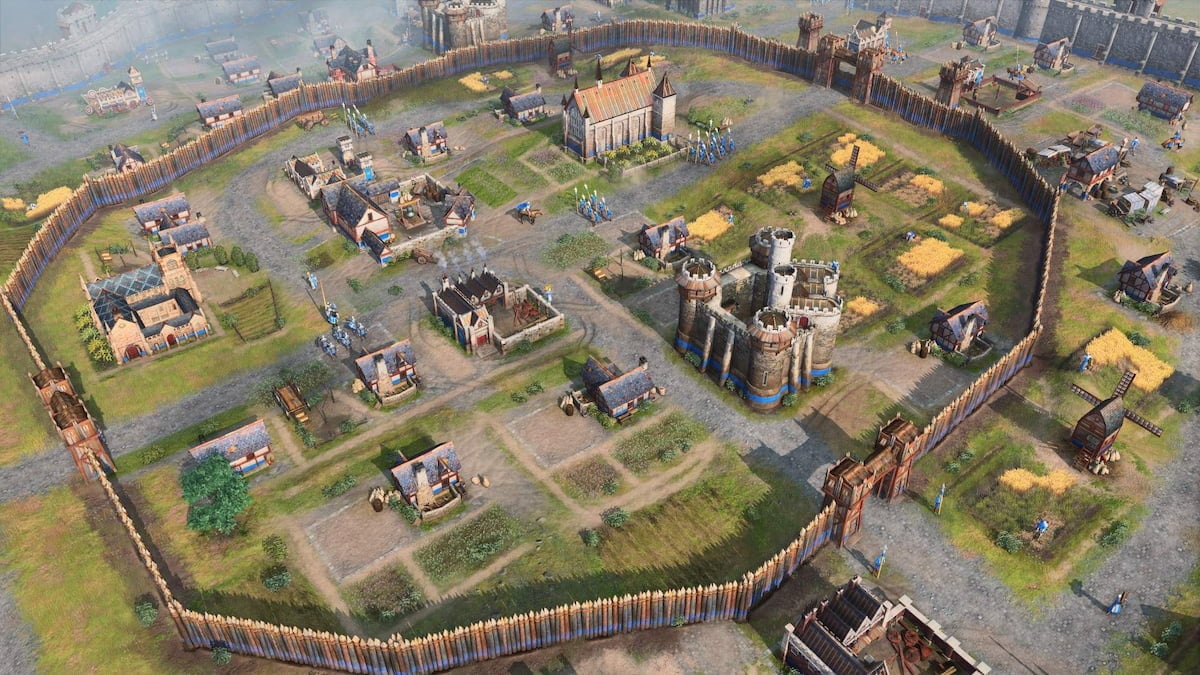
As far as mainline Age of Empires games are concerned, it’s been over 15 years now since the release of the previous mainline Age of Empires effort, 2005’s Age of Empires 3. During that period, the RTS genre has seen the rise and subsequent decline of numerous milestone entries from Relic Entertainment’s catalog. That includes Company of Heroes to the trio of StarCraft 2 releases. Any way you look at it, the release of Age of Empires 4 is the return of a giant, but it feels like a reintroduction of the franchise rather than of an attempt to reinvent it, such as the title Humankind has done.
Truth be told, Age of Empires 4 has benefited from its time away. Under Relic’s development, the game is a love letter to fans of the franchise—especially those who enjoyed Age of Empires 2. Despite the new campaigns, flashy presentation, and some other bells and whistles, the basic gameplay in AoE4 isn’t that much different compared to the older game. It’s largely the same units, and critically, it is the same “rock paper scissors” dynamic. For example, cavalry is countered by spearmen, who get destroyed by swordsmen, and they fear just about anyone on horseback.
These mechanics aren’t problems in and of themselves; regardless of the age of the system, it allows for a significant amount of depth when it comes to planning assaults or making tactical changes in the middle of a battle. You want to get your cavalry out of the way of spearmen, perhaps to get them to tie up enemy archers if you can get swordsmen to cover their withdrawal. While the melee rages, you might want to consider how your archers are placed or who your siege weapons are engaging. Mastering that micromanagement of your forces is important at any difficulty level.

Playing the game at the default “Intermediate” difficult and up, the micromanagement of forces becomes critical. Drag a box around your army and give it an attack-move order without caring about how the battle develops is a sure-fire way to lose a lot of units needlessly. You need to remain vigilant over how the skirmish unfolds and make any changes necessary to retain your advantages. Failure to do so sets you back in terms of the time and resources to replenish your army, and in some missions, there are periods of time when you lack the means to replenish your units at all.
The game comes with four campaigns, which are a mixed bag. Their content is interesting enough, and across the game’s 35 campaign missions, you’ll command everything from the knights of an English army to the horseback archers of the Mongols. My main issue is that they are structured to a fault, rarely allow for flexibility from the player, and in the rare times it does, the player lacks the time to do anything other than react instead of strategize.
One cool new feature is that at the end of campaign missions, you unlock what initially seem like cut scenes, including the ones you saw at the start and end of the mission. These videos are neat and use real footage of the locales and at times overlay “holograms” of units and fortifications to give an idea of what the battle may have looked like in real life. It’s an interesting touch, and the use of real footage bridges the gap between the actual historical record and its presentation within the context of the game.
![[ Steam Sales Ranking Week 43 ] Age of Empires IV won the ...](https://external-content.duckduckgo.com/iu/?u=https%3A%2F%2Fnews.opgamer.co%2Fwp-content%2Fuploads%2F2021%2F11%2Fage-of-empires-4-b-1536x864.jpg&f=1&nofb=1)
Of course, everyone has been waiting for what Age of Empires games have always prided themselves on—the multiplayer aspect. Honestly, this latest entry doesn’t bring too much new to the table, continuing the tendency to take what wasn’t broken from Age of Empires 2 and leave it be. The standard RTS fare is there; you can play against the AI with four potential difficulty levels per AI slot, against players, and team up with players cooperatively against the AI. There are eight civilizations to choose from, each with its own benefits and changes to its intended playstyle. There’s a little something here for everyone, and despite how unchanged it feels from prior titles, it’s difficult to find too much fault in it.
The developers played it a little too safe and in embracing the past that represents Age of Empires 4, we see the game’s most obvious flaw. In many ways, it plays and feels like the game is simply Age of Empires 2 with a very well applied fresh coat of paint. Love letter or no, between the rough issues with the campaign and the reuse of the multiplayer, it feels more like a remaster of an older game than of a new entry into the series. It is not easy to please fans of the long-running franchise while also attempting to attract new ones to it, and Age of Empires 4 finds itself in a strange no man’s land between those two goals.
Rating: 9.1 / 10

Visit CyberpowerPC’s website to check out all of the great deals!